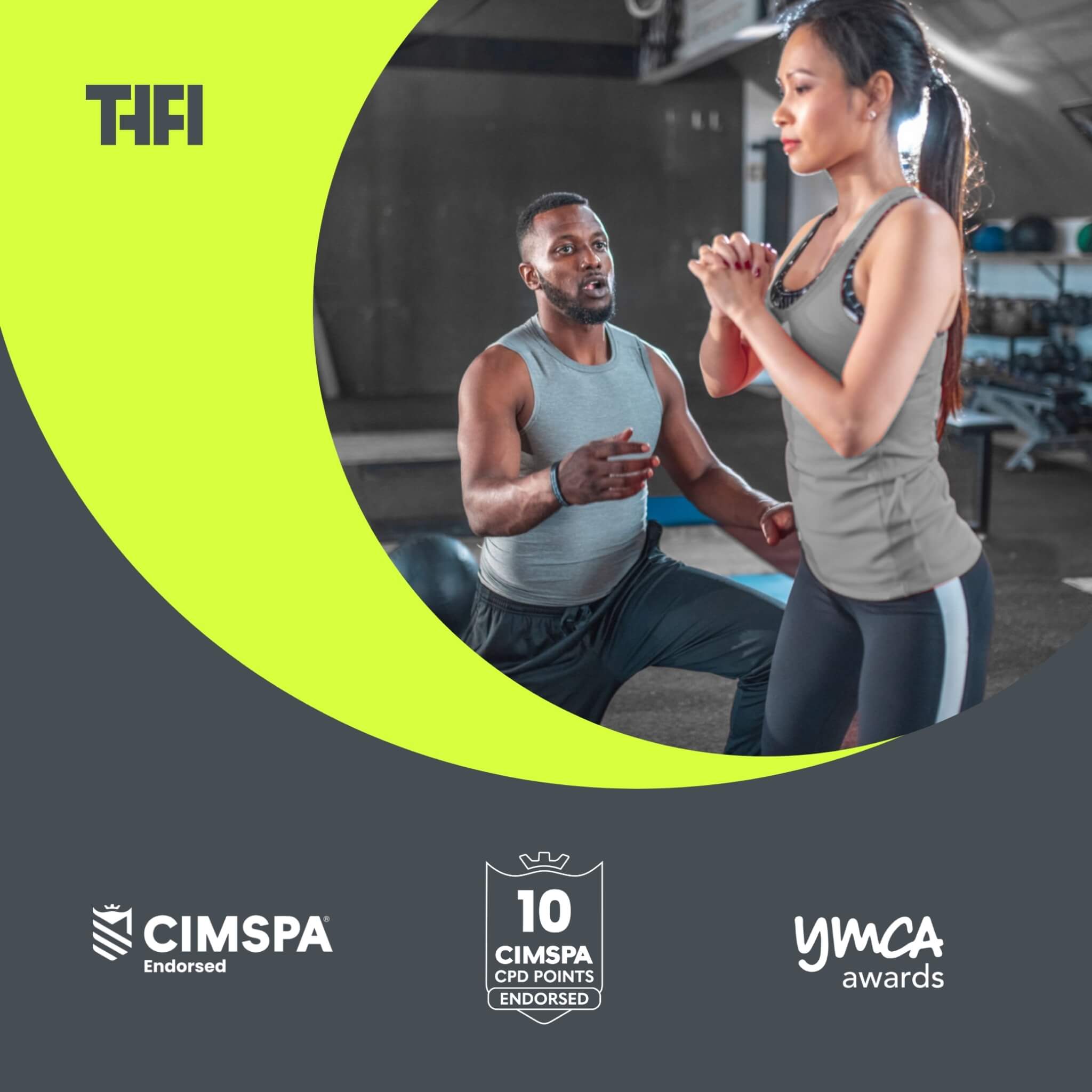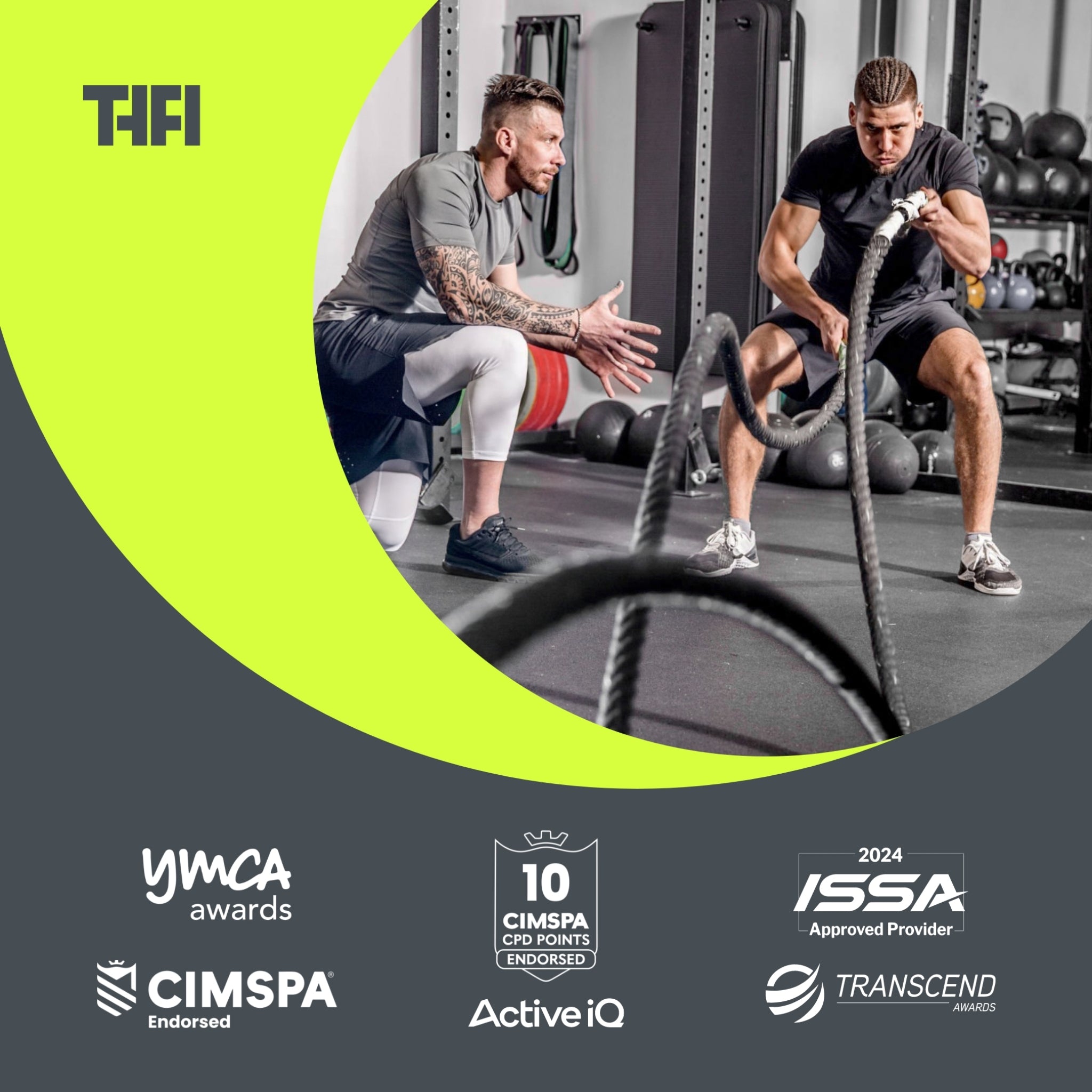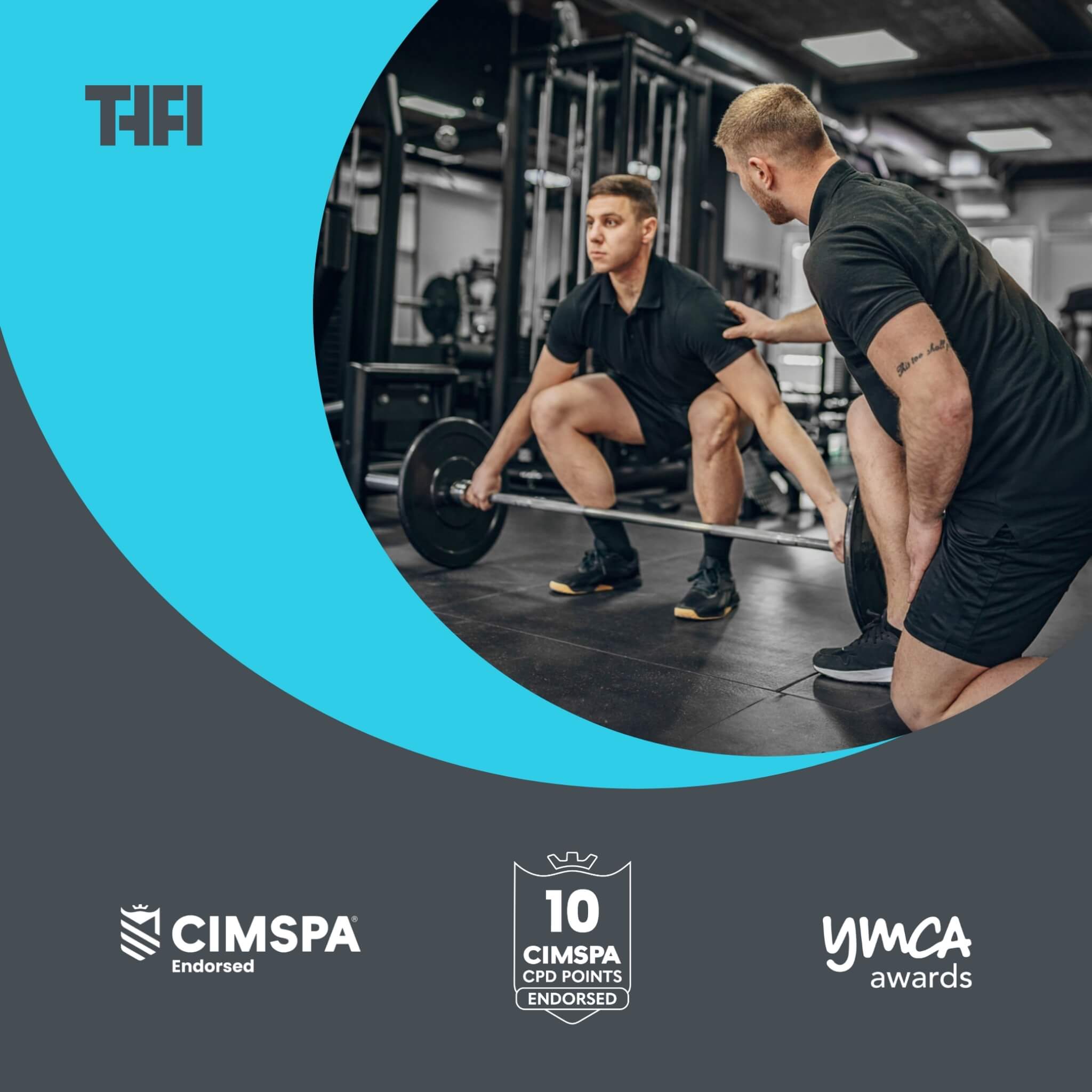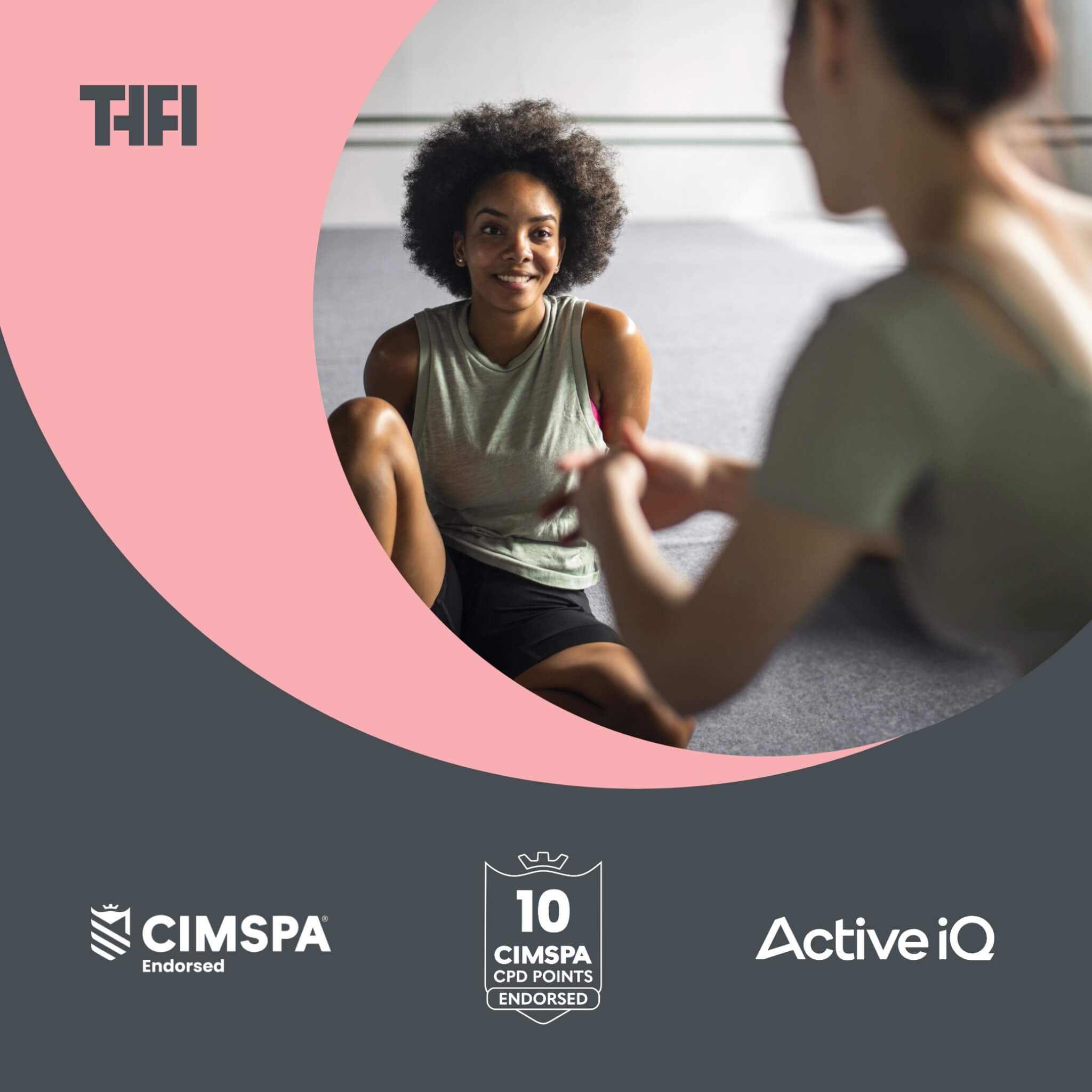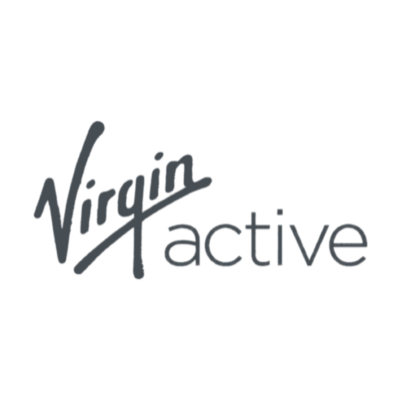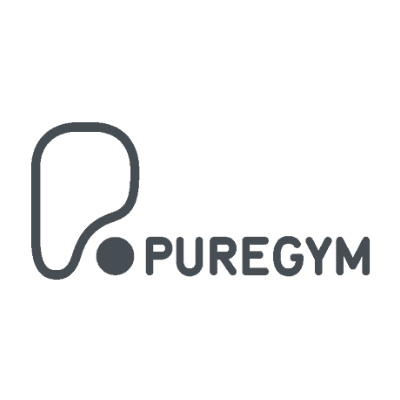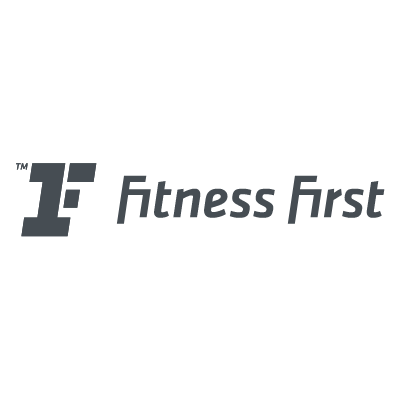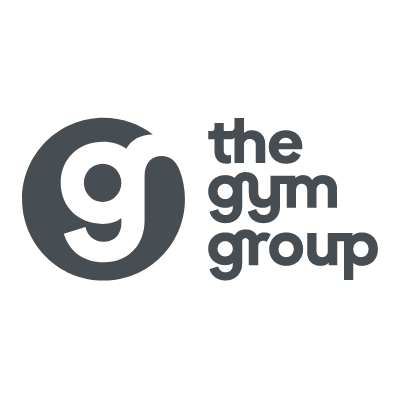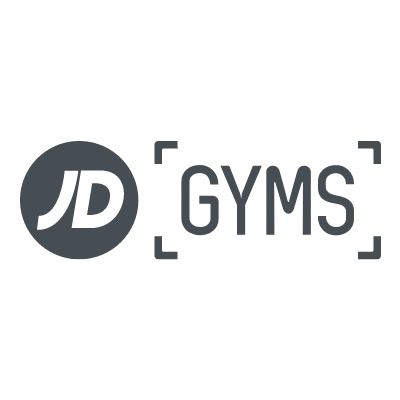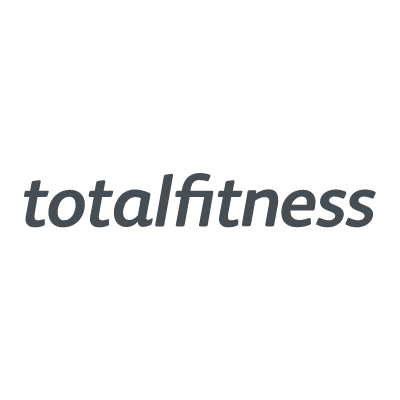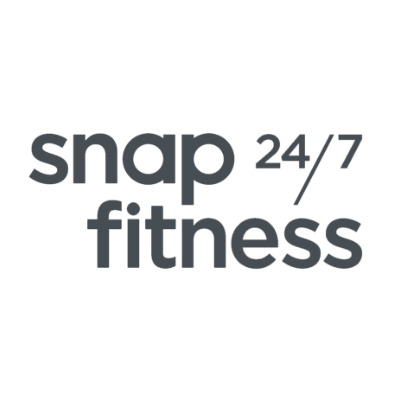Why Flexibility Training is Important for Personal Trainers
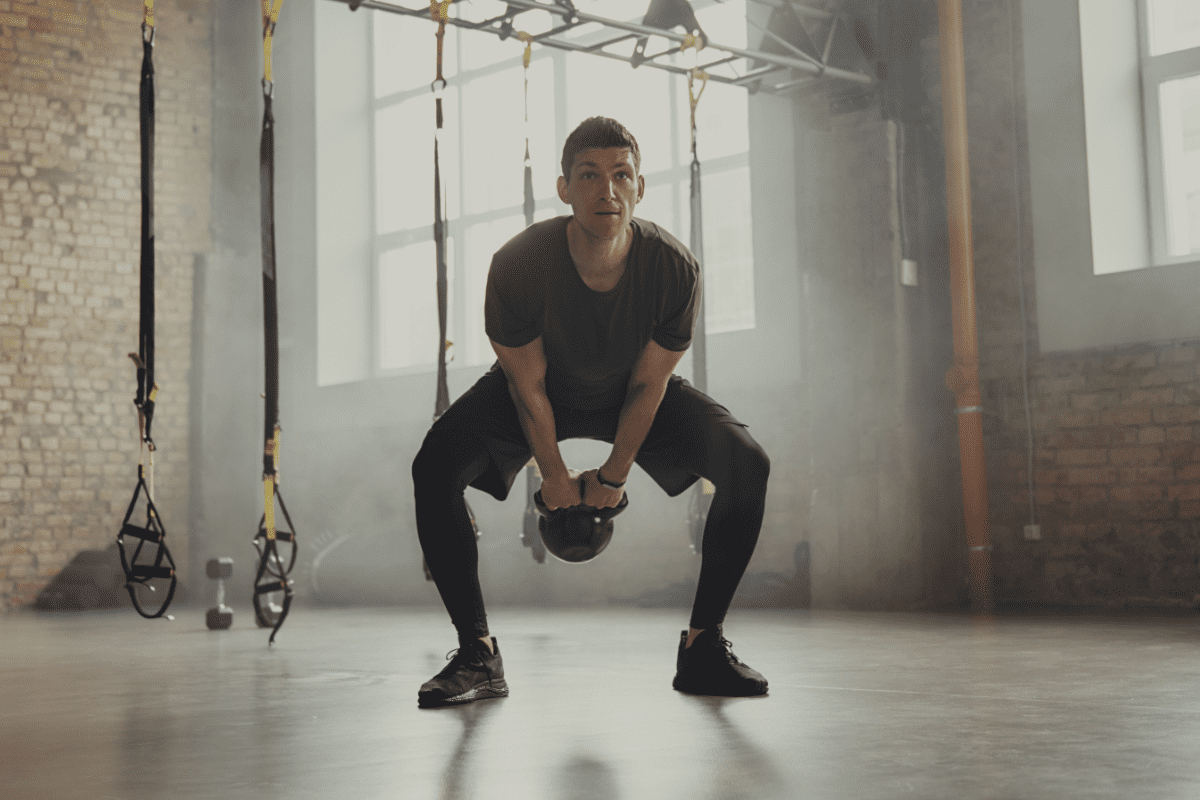
There’s one important facet of fitness that most personal trainers overlook.
It might not be the ‘sexy’ headline-grabbing training method that brings in the big bucks.
But mastering flexibility training is a skill that will set you apart from the average fitness professional.
To deliver a more holistic service, many trainers choose to complete a personal training course online that includes mobility and flexibility training as part of the curriculum.
Don’t be fooled, though – it’s not just about getting your clients to touch their toes.
Empowering your clients to improve their flexibility is an important part of a truly holistic training regime that will speed up their progress and ensure they stay injury free.
We have put together this guide on flexibility training to show you the benefits, the methods you can use, and how to integrate them into the first-class service you offer.
The Benefits of Flexibility Training
Enhanced Physical Performance and Fitness
Flexibility training plays a vital role in improving overall physical performance. By increasing the range of motion in your joints, flexibility exercises enable clients to perform their workouts with greater ease and precision. The result? Superior strength, better balance, and improved agility.
Take it from the world's top athletes - flexibility isn't an optional extra; it's a cornerstone of fitness. Integrating it into your clients' fitness regimen could see them reaching new heights in their training, smashing through plateaus, and achieving their fitness goals faster than they ever thought possible.
Prevention of Injuries and Improved Recovery
The benefits don't stop at enhanced performance. Let's talk about injury prevention – another reason why flexibility training is a game-changer. Regular flexibility exercises help to keep muscles long, lean, and limber, which significantly reduces the risk of injuries which can halt their progress and even mean you don’t get paid.
When your clients' muscles are flexible, they're less likely to suffer from strains and sprains during workouts. Plus, if an injury does occur, a good level of flexibility can speed up recovery time. If you're not already convinced, remember: fewer injuries mean fewer setbacks, leading to consistent progress and satisfied, injury-free clients.
Increased Wellbeing and Quality of Life
Beyond the physical benefits, flexibility training can also contribute significantly to your clients' well-being. It aids in stress relief, enhancing mental relaxation by encouraging a sense of calm and easing muscle tension.
Moreover, greater flexibility can translate into better posture and improved daily functionality. Everyday tasks become easier and more efficient, increasing the quality of life. This aspect of fitness is what keeps your clients committed to their training and to you, fostering loyalty and word-of-mouth referrals.
Key Flexibility Exercises and Routines
Now that we’ve established the importance of flexibility training, let’s explore some key exercises and routines that you can introduce to your clients. It's all about variety – keeping things fresh, exciting and tailored to individual needs. Here, we will delve into static stretching, dynamic stretching, and proprioceptive neuromuscular facilitation (PNF).
Dynamic Stretching Exercises
Unlike static stretching, dynamic stretching involves moving parts of your body and gradually increasing reach or speed of movement. They're generally performed pre-workout and can serve as an excellent warm-up routine.
Key exercises can include leg swings, arm circles, and torso twists. Not only do these exercises prepare the muscles for workout, but they also help improve flexibility and mobility in a functional way that translates to daily activities and sports.
Static Stretching Exercises
When people think of flexibility, static stretching often springs to mind. It involves holding a stretch for an extended period, typically between 15 to 60 seconds, and it's a highly effective method for increasing range of motion.
Some excellent static stretches to incorporate into your clients' workout routines include the hamstring stretch, calf stretch, and shoulder stretch. Remember to ensure your clients perform these exercises post-workout, when their muscles are warm and supple to prevent injury.
Proprioceptive Neuromuscular Facilitation (PNF)
A more advanced form of flexibility training, PNF involves both the stretching and contracting of the muscle group being targeted. Although more complex, it is considered one of the most effective methods for improving flexibility.
PNF techniques often require the assistance of a partner, making them a perfect addition to one-on-one personal training sessions. Methods such as 'hold-relax', where the muscle is passively stretched, then isometrically contracted against resistance, and then passively stretched again, can offer superior flexibility gains.
Incorporating Flexibility Training into Your Personal Training Service
Implementing flexibility training into your service isn’t merely about adding a few stretches at the end of a workout session. It's about weaving it into the very fabric of your training plans, ensuring that every workout routine is well-rounded and holistic.
Start by assessing your client's individual needs and flexibility levels. Tailoring the training to each client is key to success. Use a mix of static, dynamic and PNF stretching, ensuring that the choice of method aligns with the client’s fitness level and workout schedule.
Encourage your clients to see flexibility as equally important as strength and cardio training. Educate them on the benefits and show them how improved flexibility can enhance their performance in other areas.
Finally, ensure you're always up to date with the latest in flexibility training. Continued learning and development not only allow you to offer the best to your clients but also provide you with an edge in a competitive fitness industry.
Remember, integrating flexibility training into your services doesn't just benefit your clients – it sets you apart as a trainer. It's the unique selling point that can turn prospective clients into loyal ones, driving your career forward while simultaneously improving the fitness and wellbeing of those you train.
Stay tuned for more in-depth insights and practical tips as we continue to explore the fascinating world of personal training.
Flexibility training shouldn't be an afterthought or a quick addition to the end of a workout. It's an essential part of your client's fitness journey and your value proposition as a personal trainer. Here's how you can seamlessly incorporate it into your personal training service.
Conducting a Flexibility Assessment
Before you begin any training programme, it's essential to assess your client's current level of flexibility. By doing so, you ensure the exercises you prescribe are appropriate and safe. The 'sit and reach' test or the 'trunk rotation' test are straightforward, effective ways of evaluating overall flexibility. You can also use more specific assessments like the 'goniometer' measurement for joint-specific flexibility.
Regular reassessments are crucial too, as they help track progress and readjust the training programme as necessary.
Designing a Personalised Flexibility Training Programme
Every client is unique, and their flexibility training programme should reflect that. Consider their fitness level, personal goals, age, gender, and any existing injuries when developing their training regimen.
A well-rounded programme would typically include a mix of static and dynamic stretches, along with advanced techniques like PNF if suitable. Be sure to balance work on all major muscle groups and joints for a comprehensive approach. Remember, flexibility training is not one-size-fits-all.
Ensuring Proper Execution and Form
As with any exercise, proper form is paramount when performing flexibility exercises. It's your responsibility as a trainer to ensure your clients are executing each stretch correctly to avoid injury and maximise benefits.
Emphasise the importance of warming up before any stretching session and cooling down afterwards. Coach your clients on how to breathe correctly during stretches - it aids relaxation and further enhances the stretch. Also, remind them not to rush; flexibility improvement is a slow, gradual process.
Incorporating flexibility training into your personal training service is a winning move. It enhances your clients' overall fitness level, reduces their risk of injury, and sets you apart as a well-rounded trainer. Remember, in the world of personal training, knowledge is power. The more you know, the more you can offer, and the further you'll go in your career. Next, we'll explore more strategies to keep you at the forefront of this dynamic industry. Stay tuned.
Conclusion
It's clear that flexibility training is far more than an optional extra - it's a fundamental aspect of physical fitness and a valuable tool in your arsenal as a personal trainer. Whether your clients' goals are to increase athletic performance, enhance daily functioning, or just to feel better in their bodies, flexibility training can help them get there. And as a trainer, guiding your clients through these improvements, you'll see your professional credibility and success soar.
Don't just take this knowledge onboard - put it into action. Assess your clients' flexibility levels, design a personalised training programme and ensure they execute each stretch with proper form. By doing this, you can truly elevate your personal training service.





